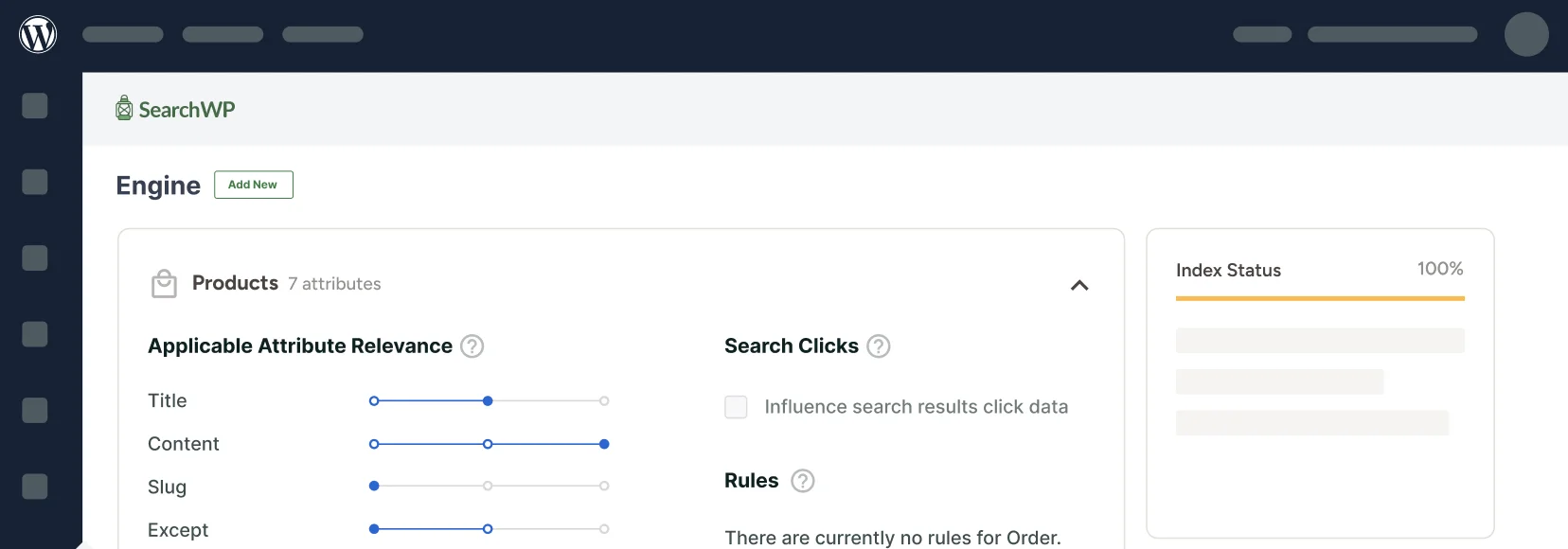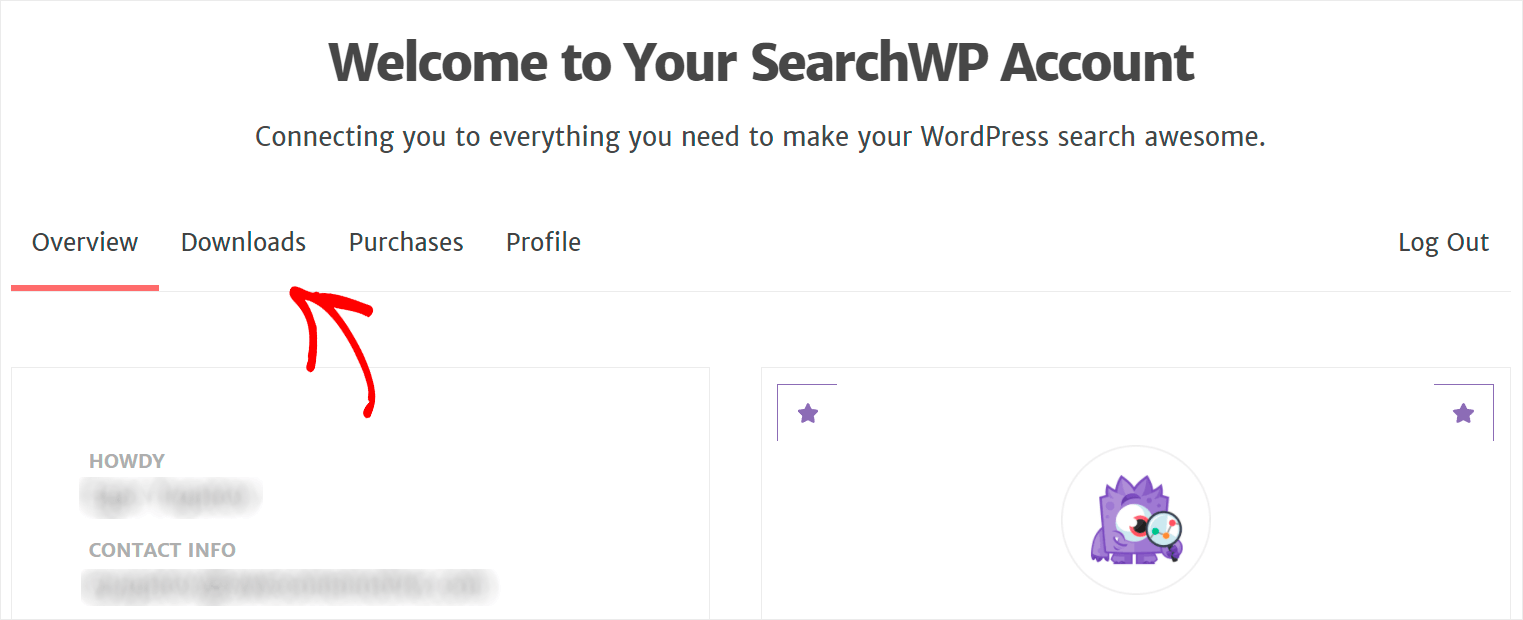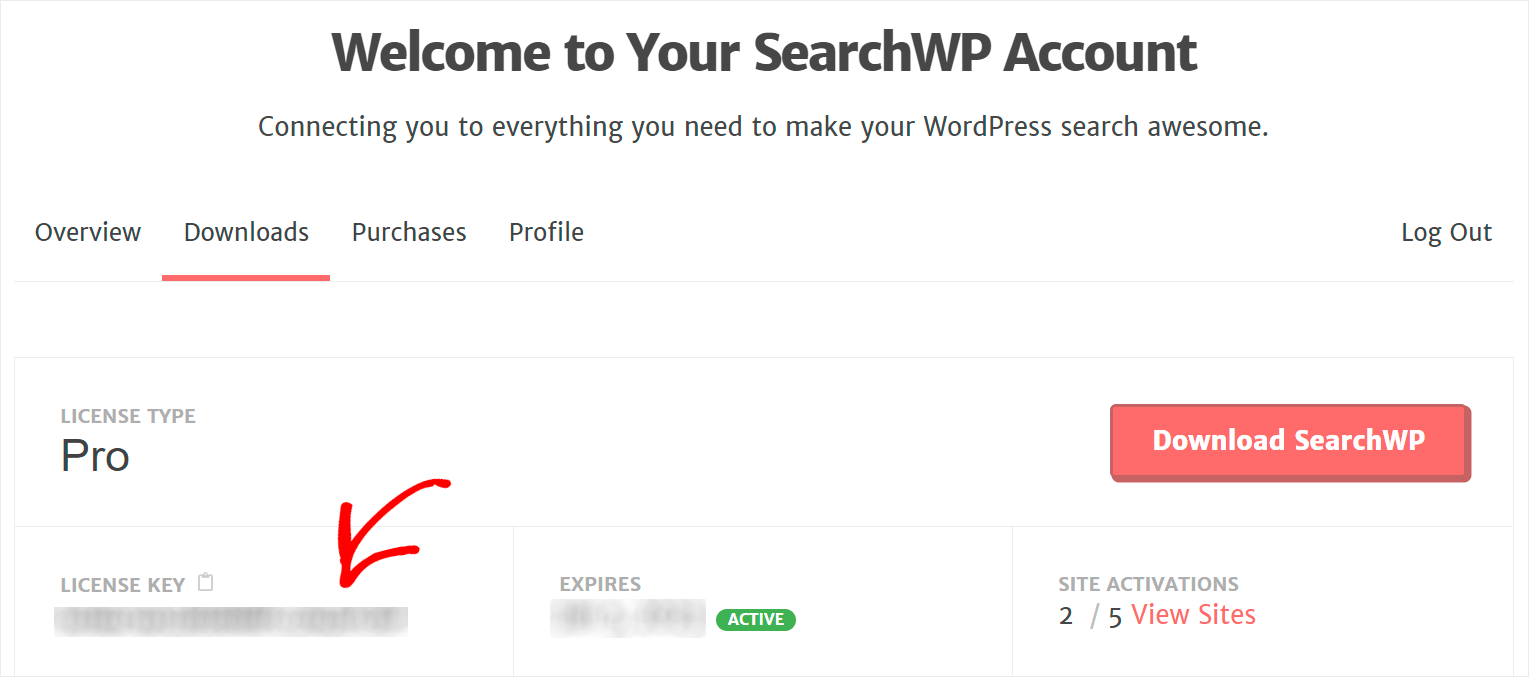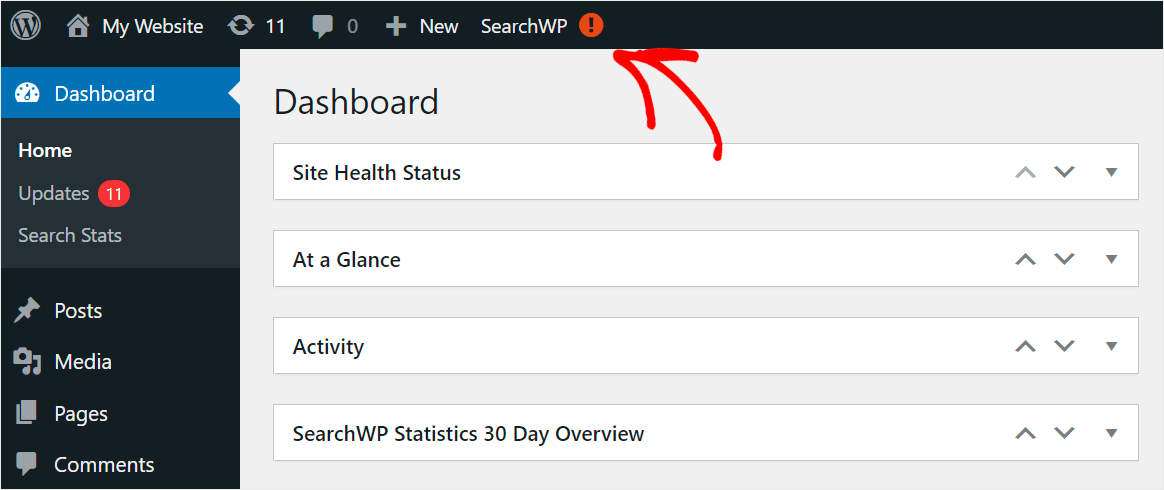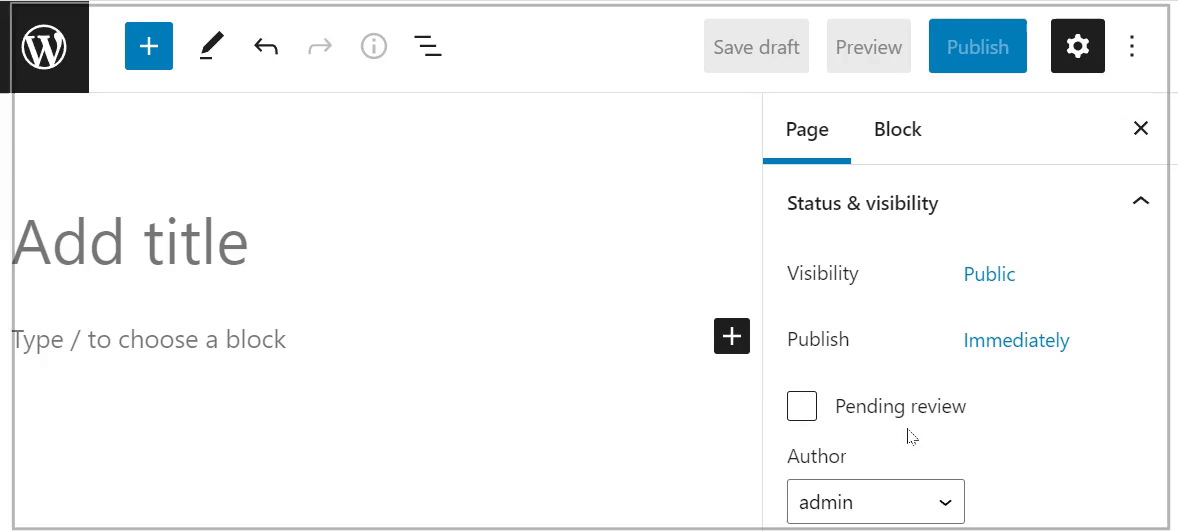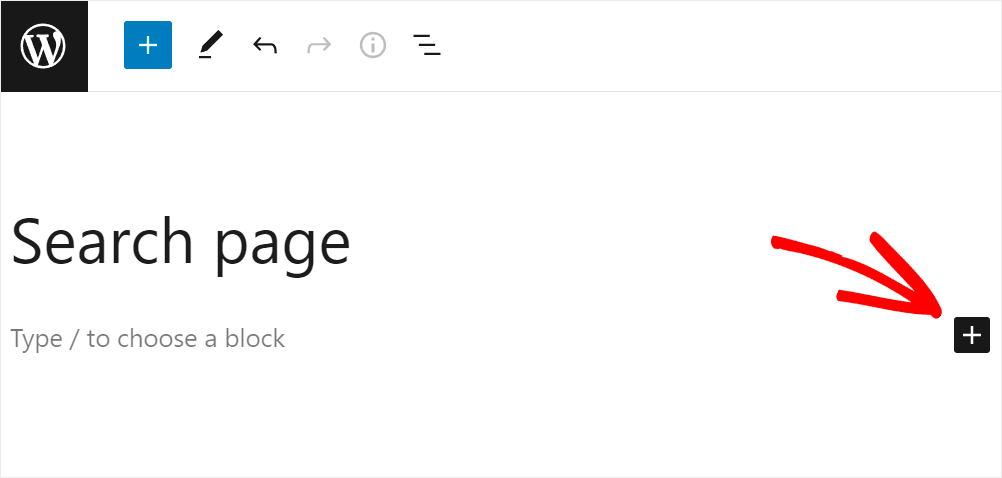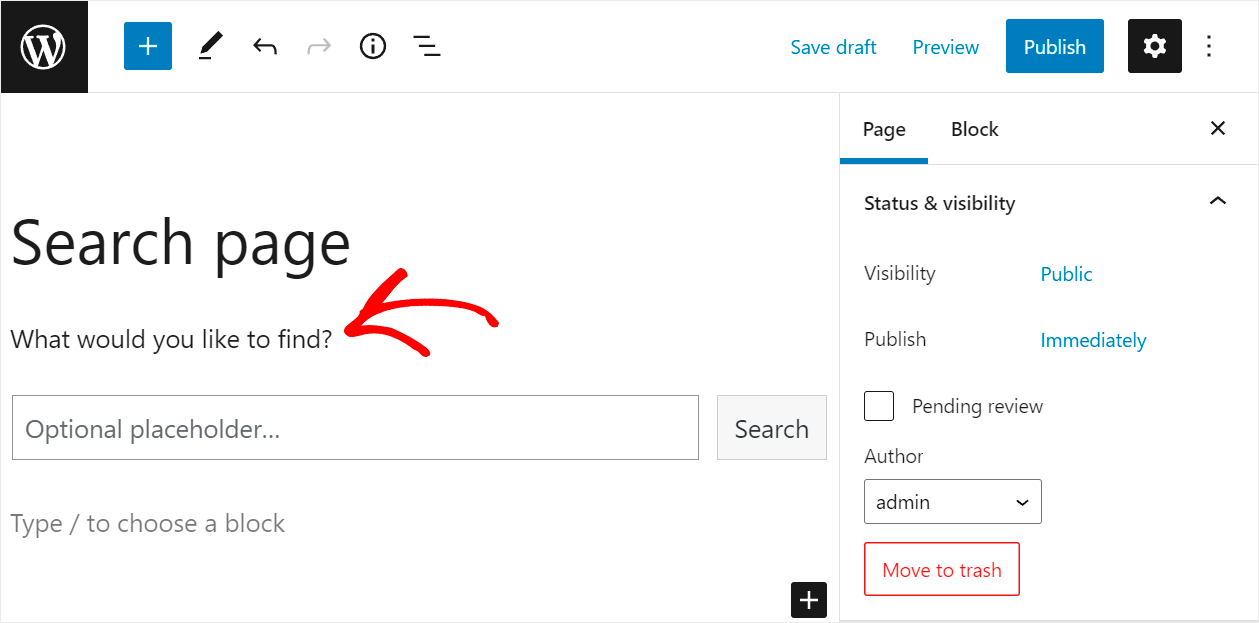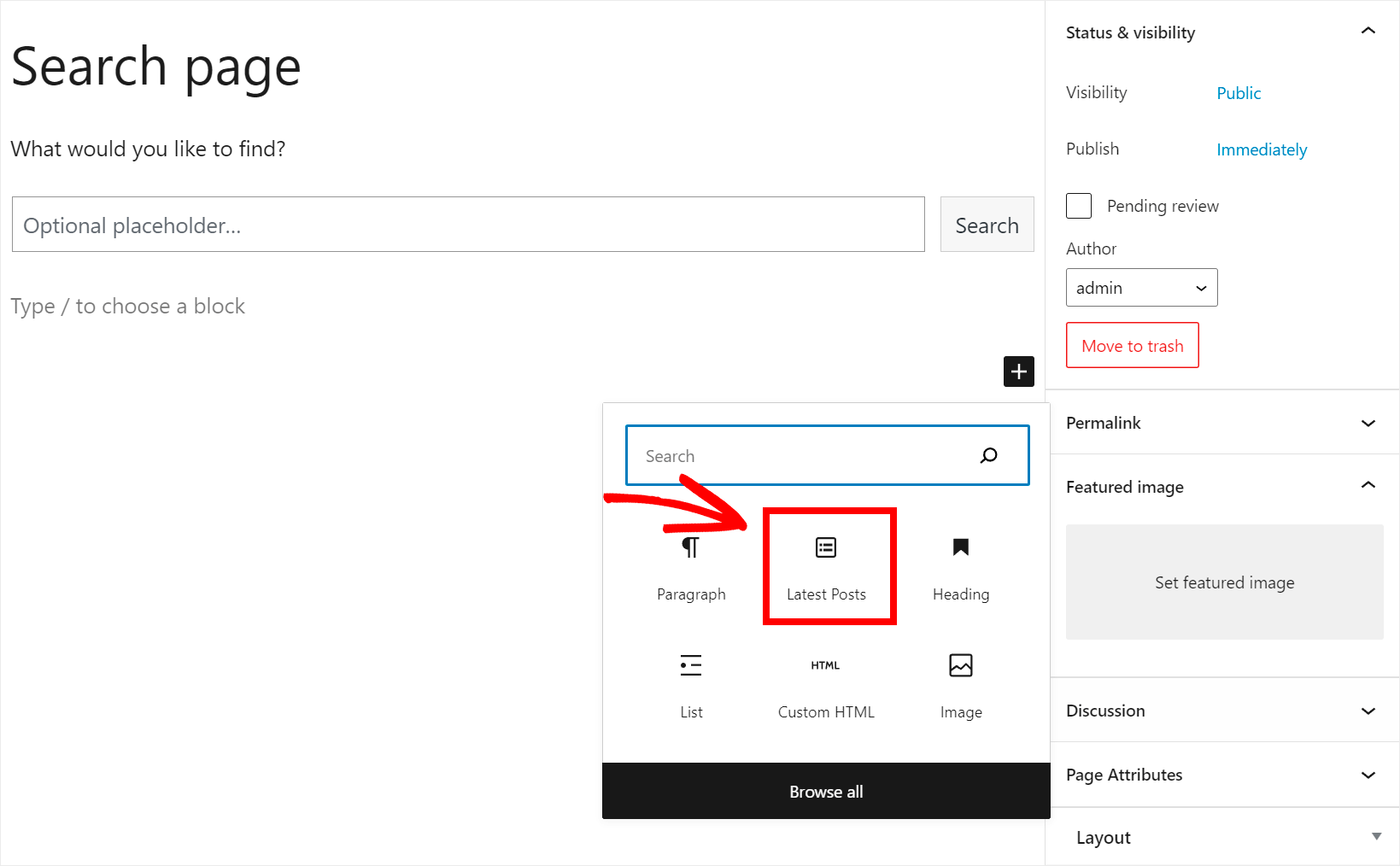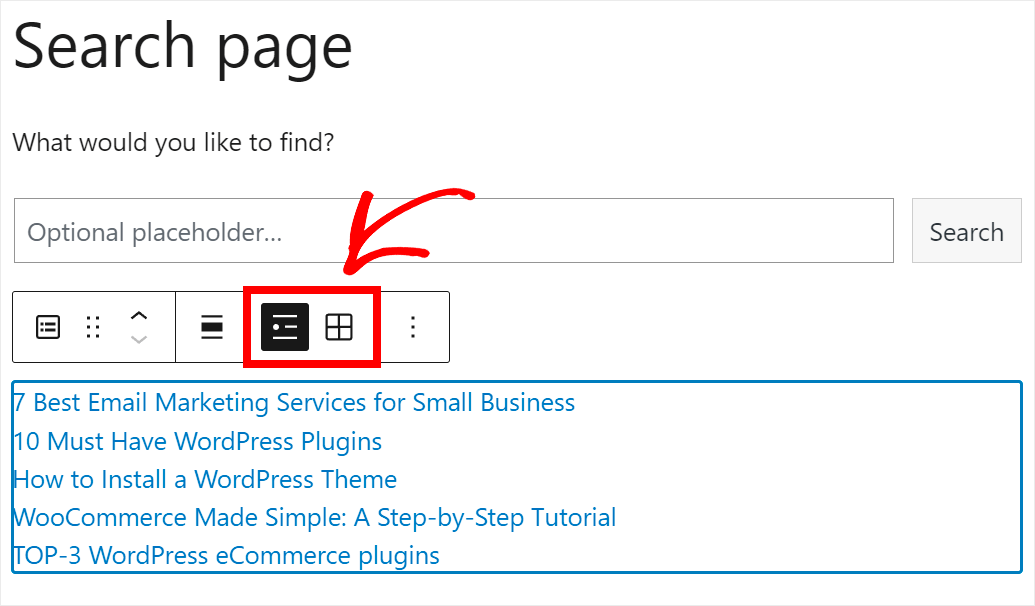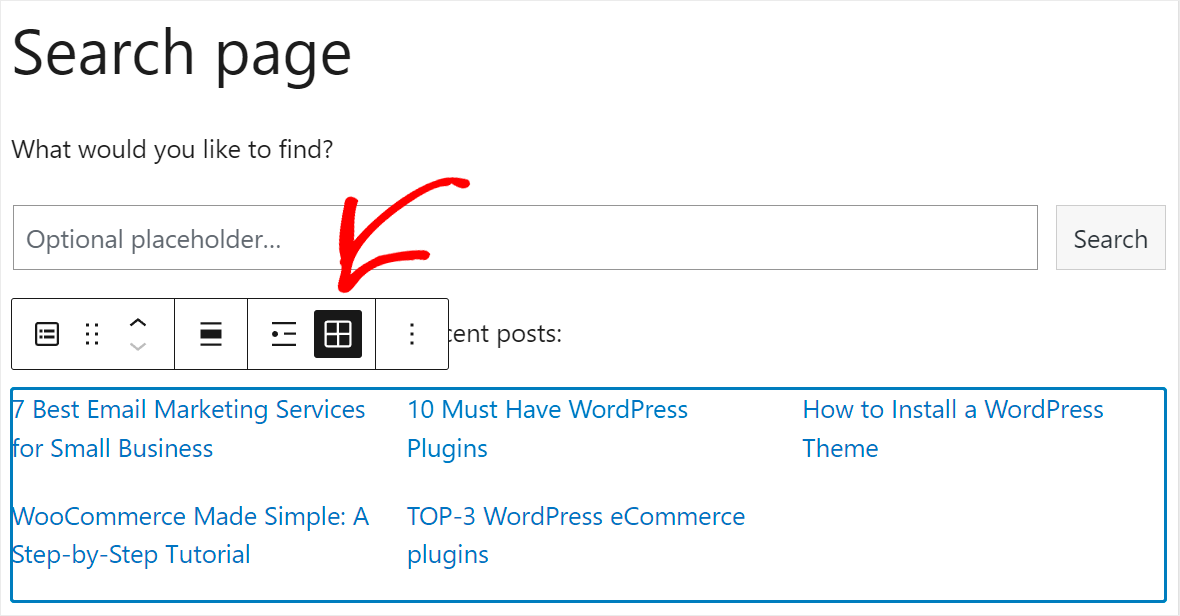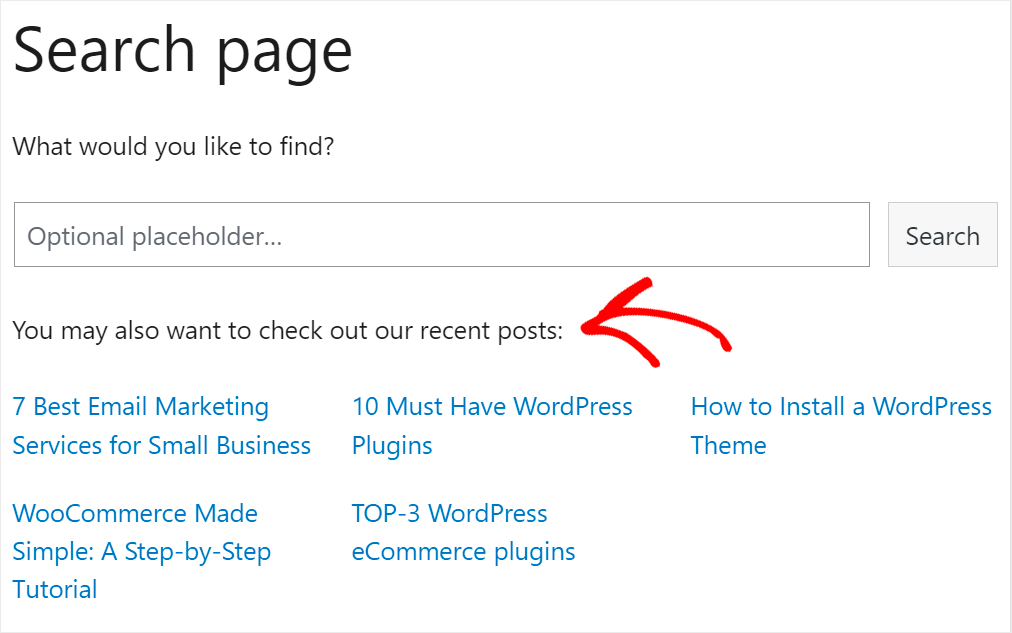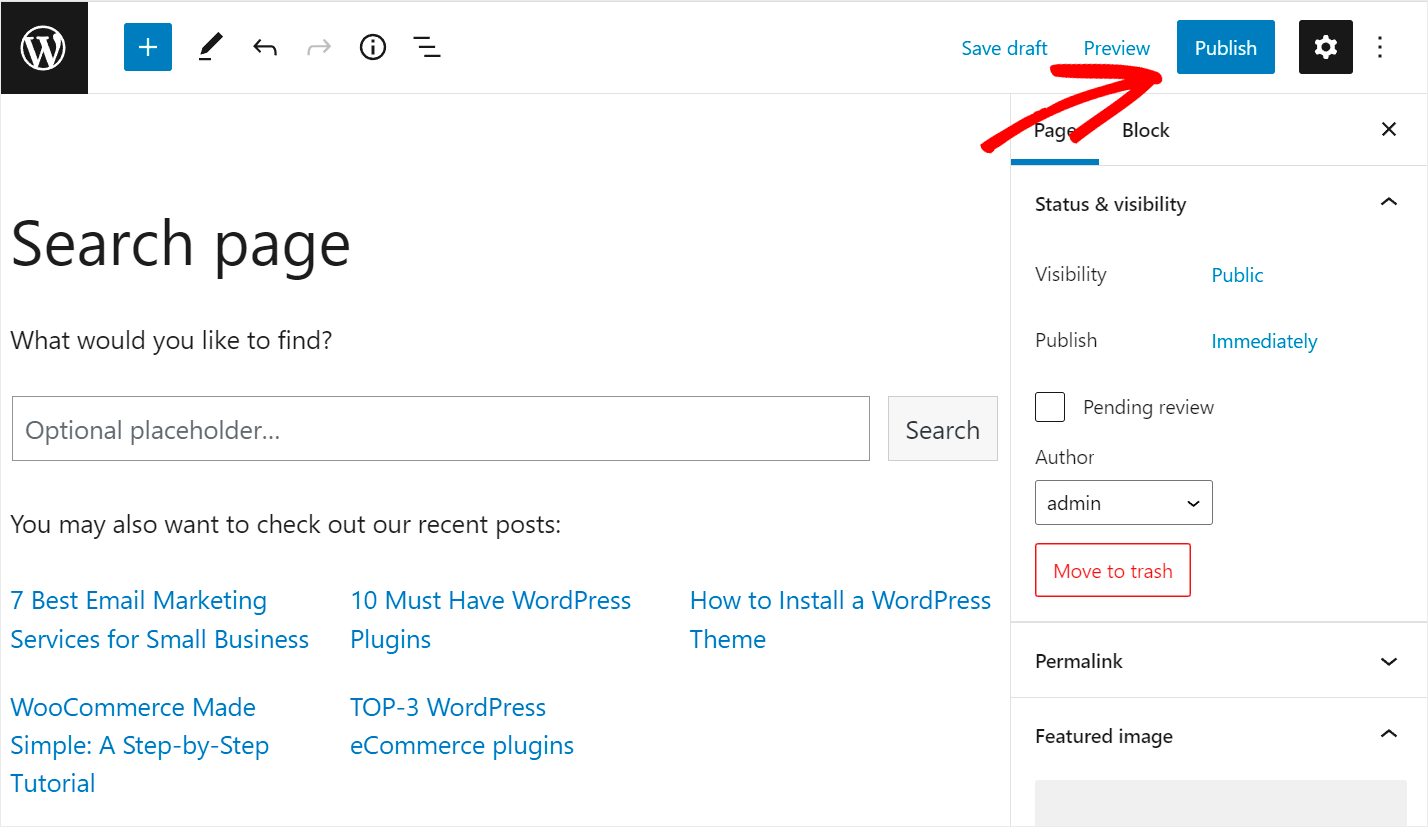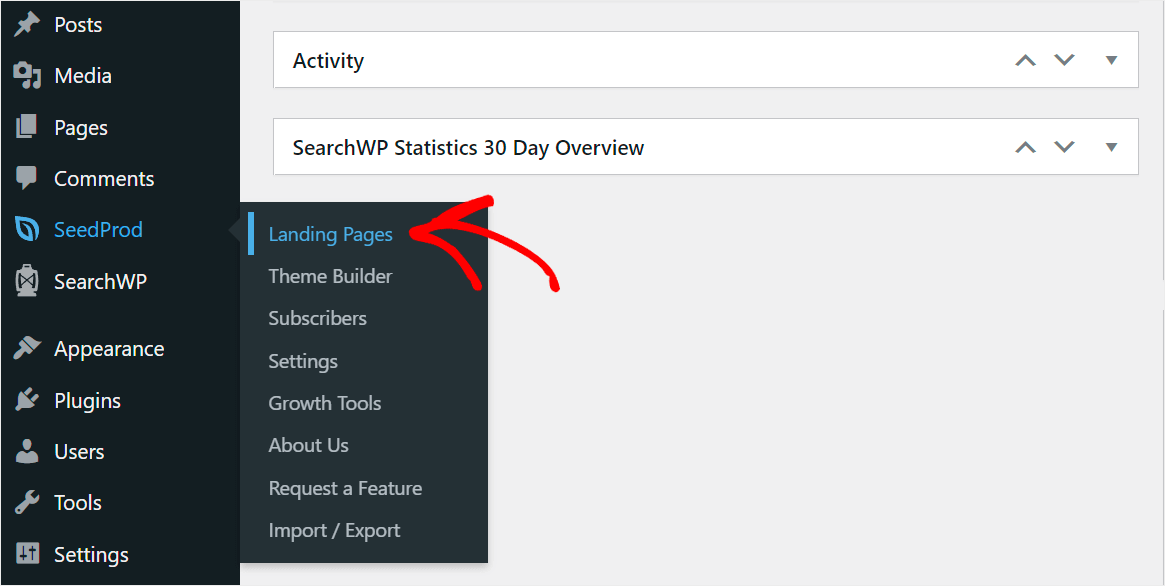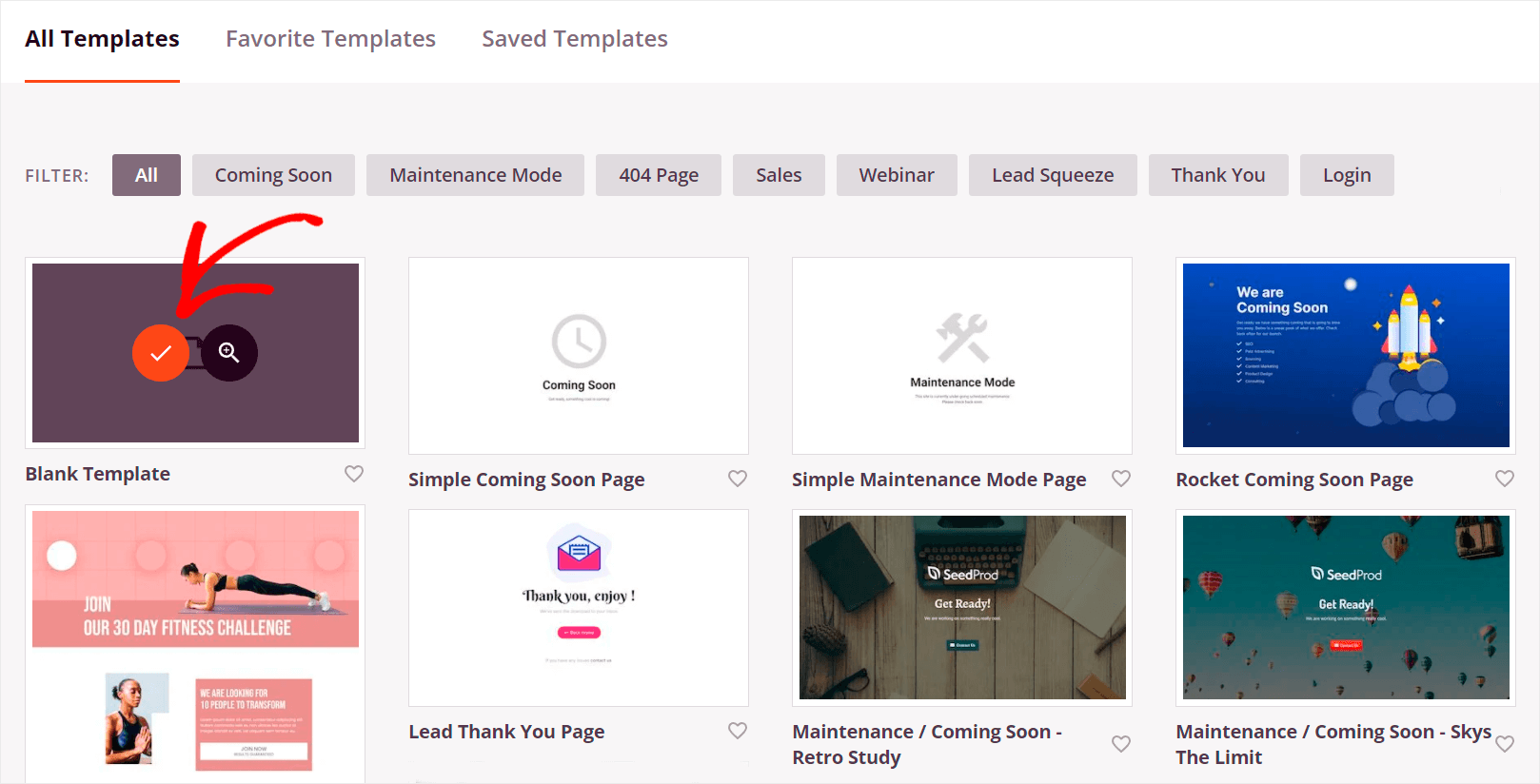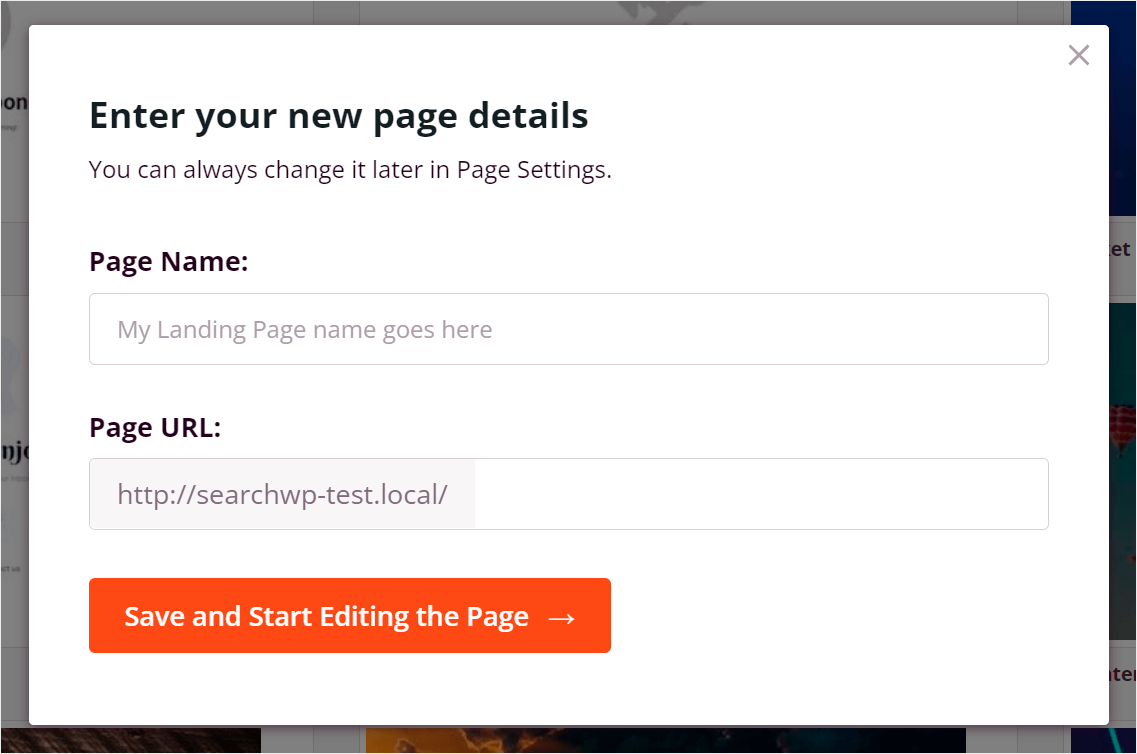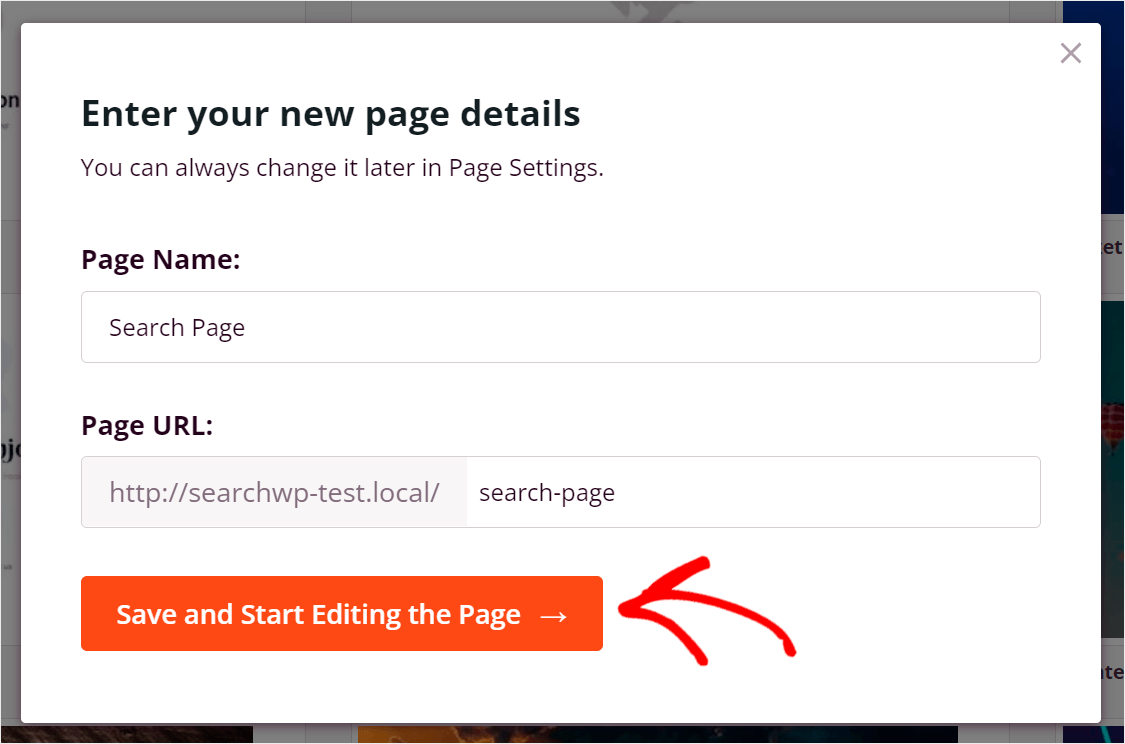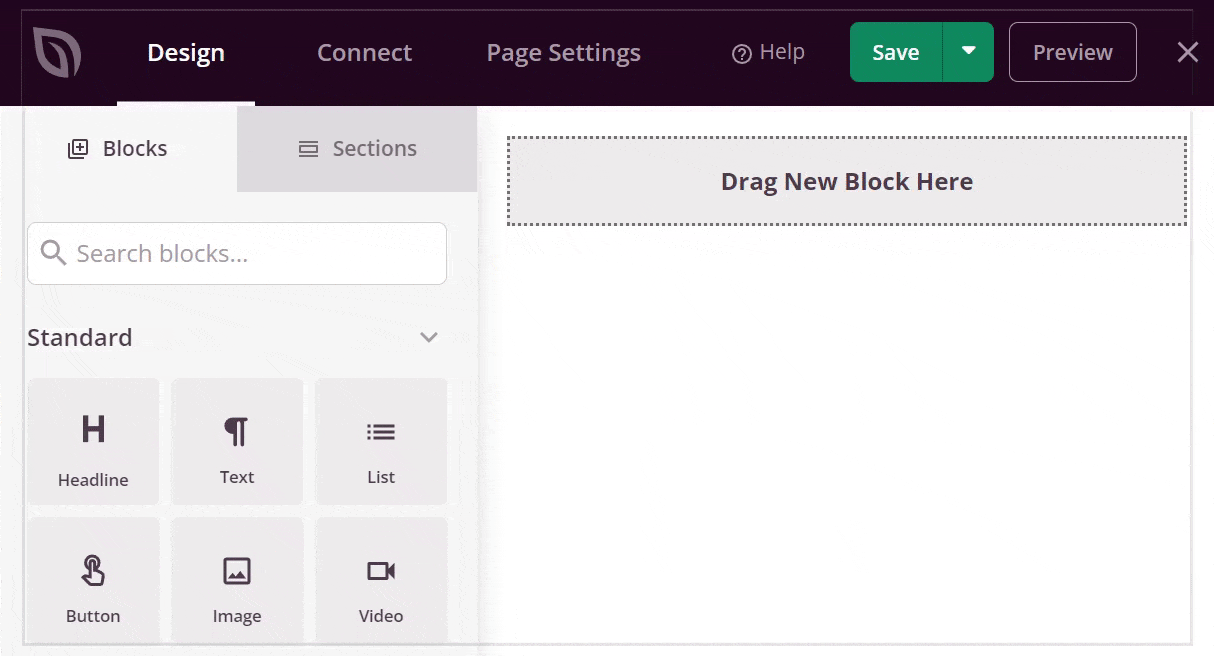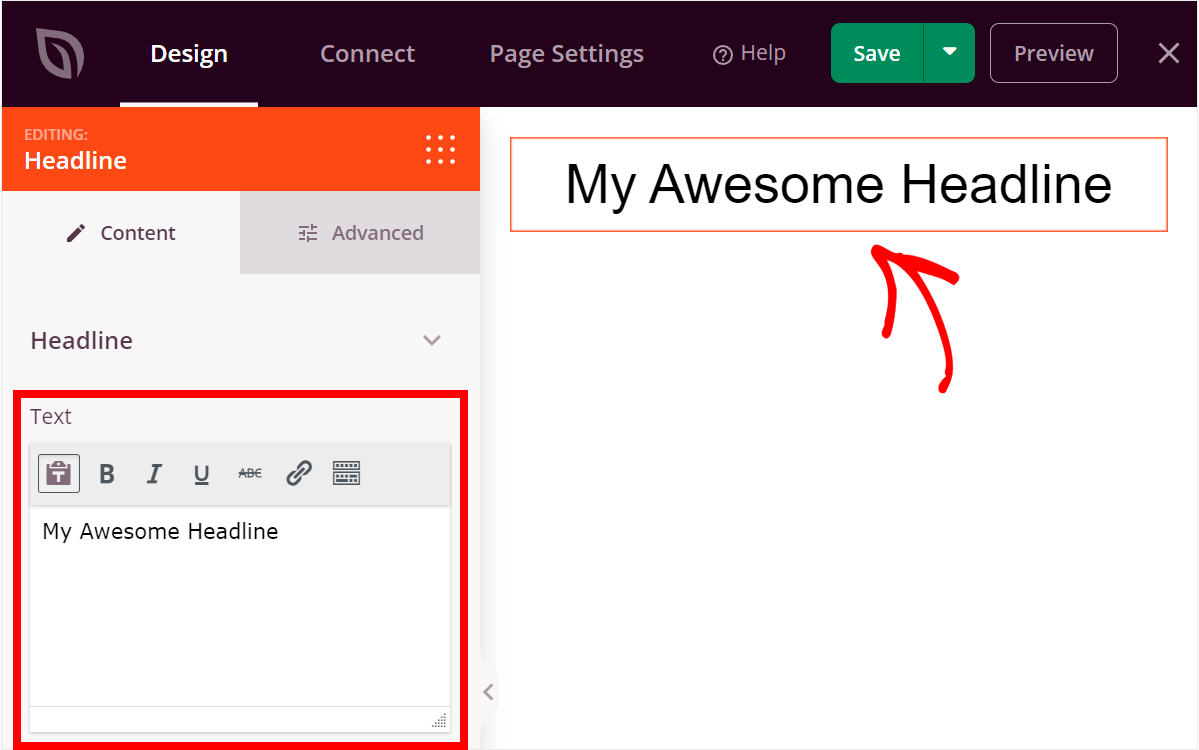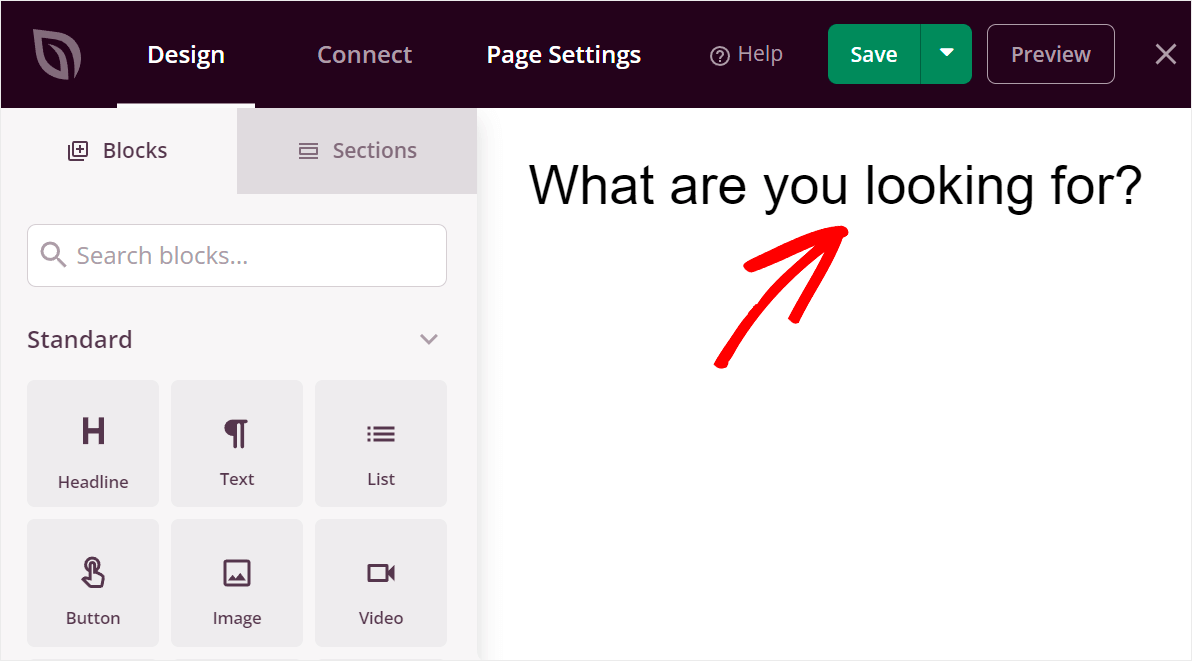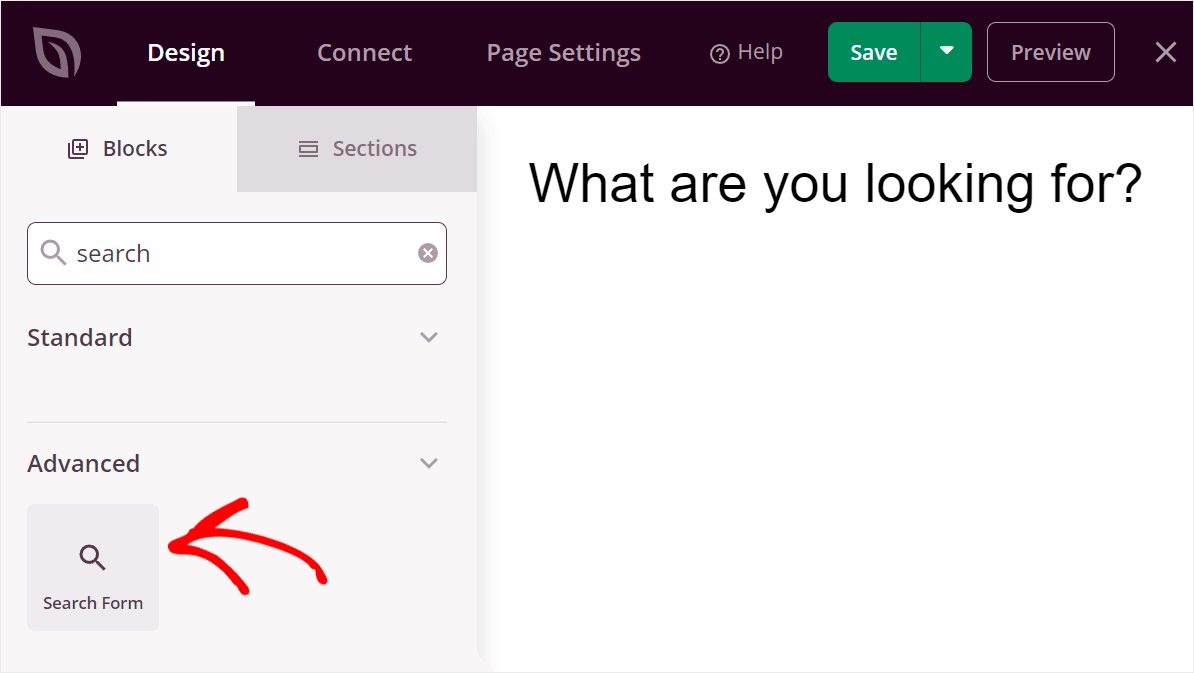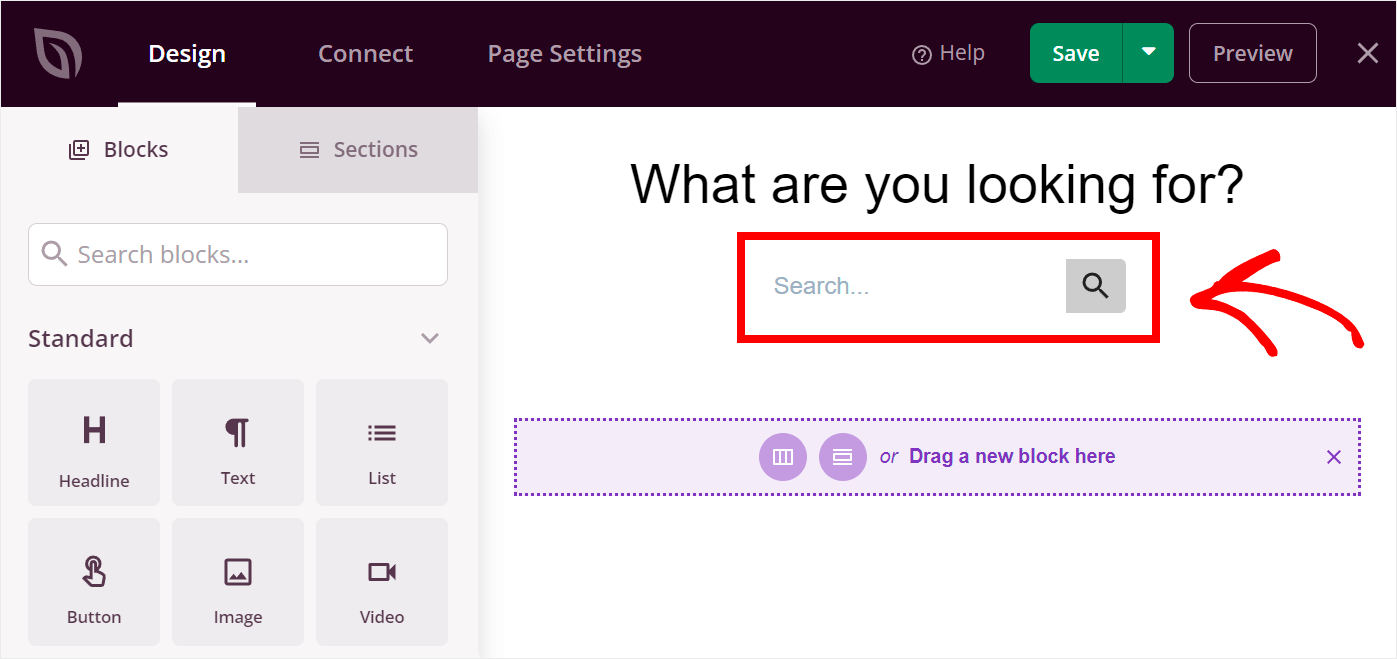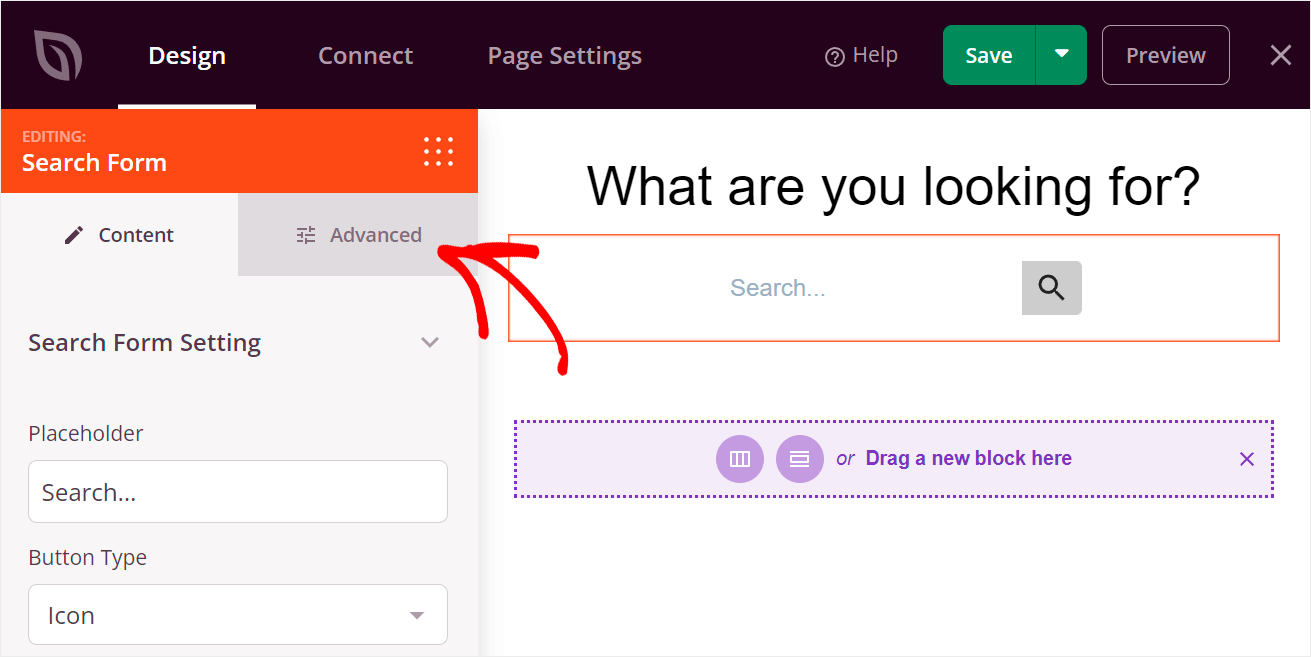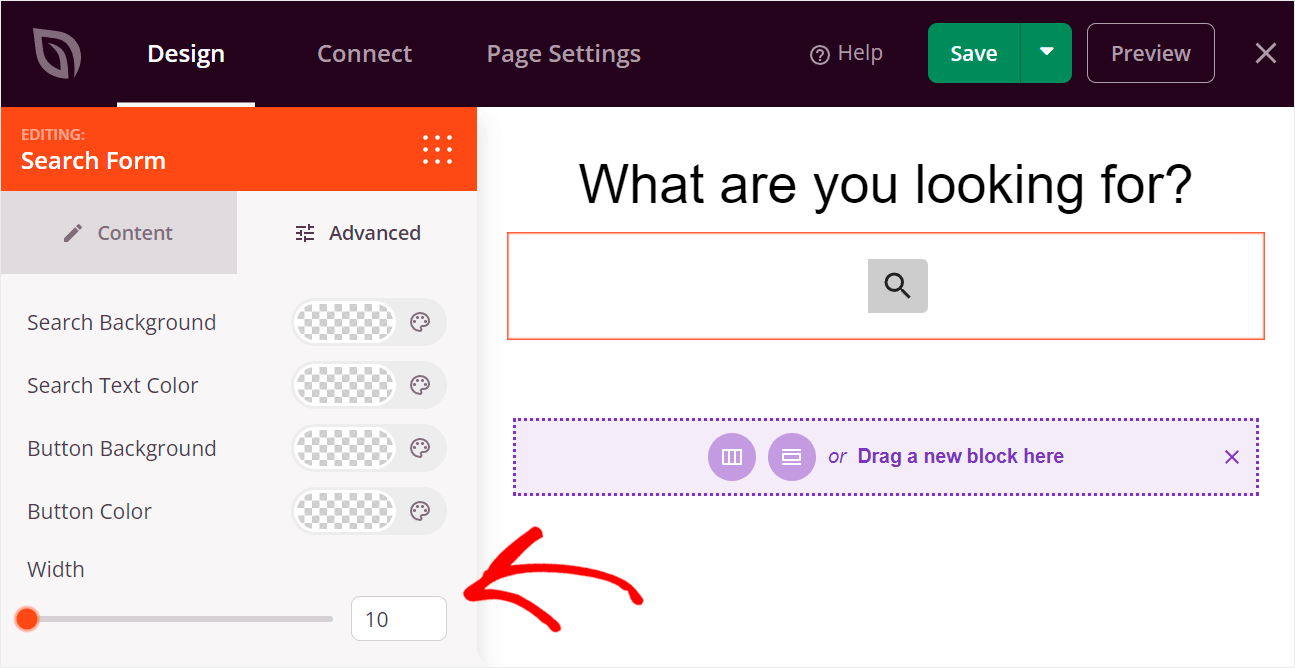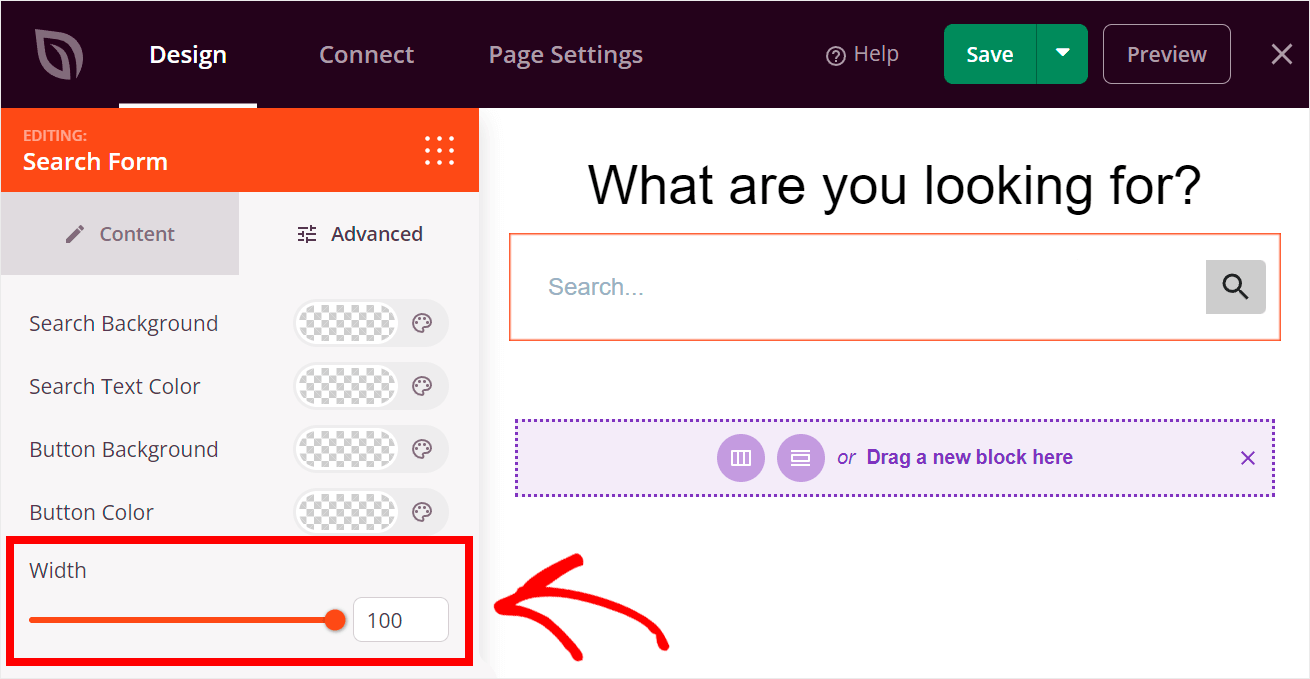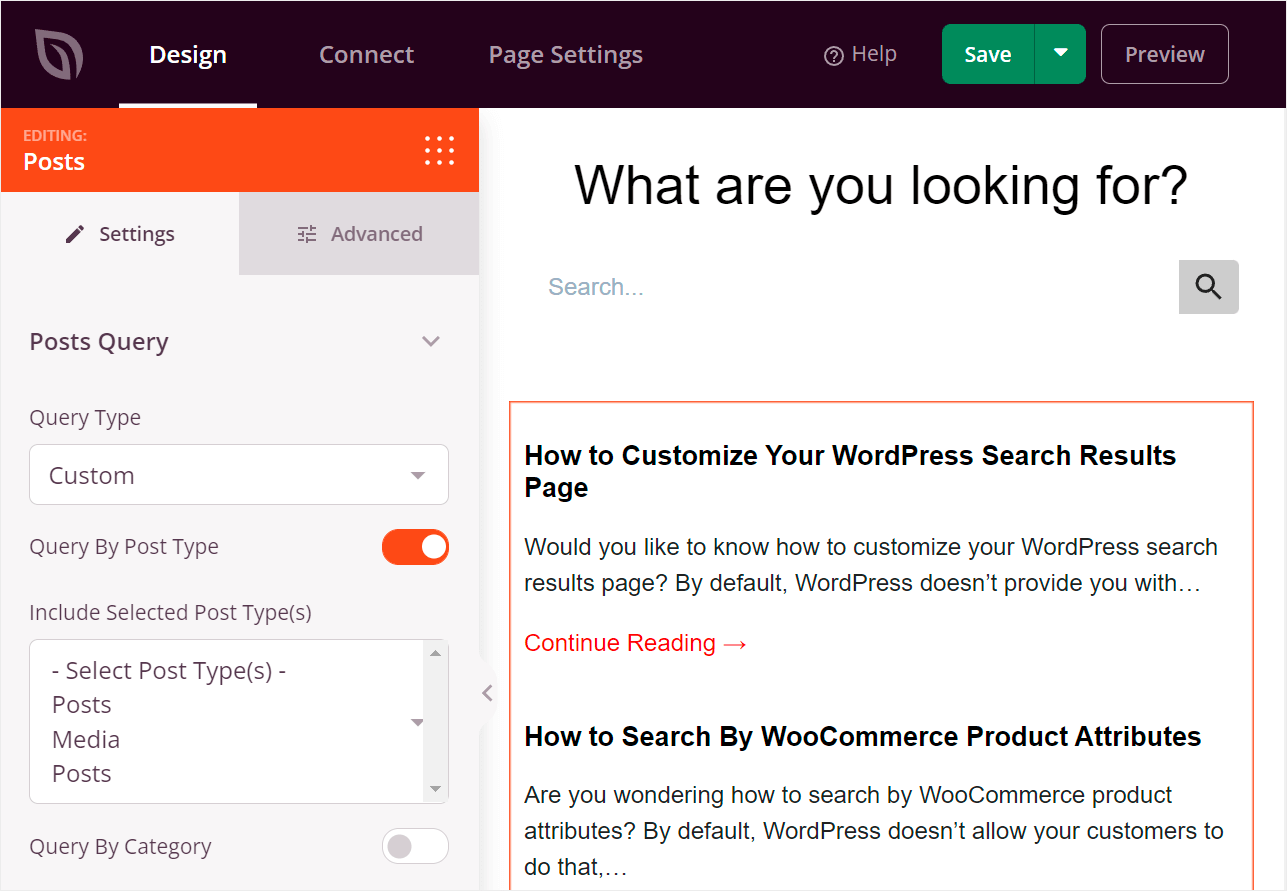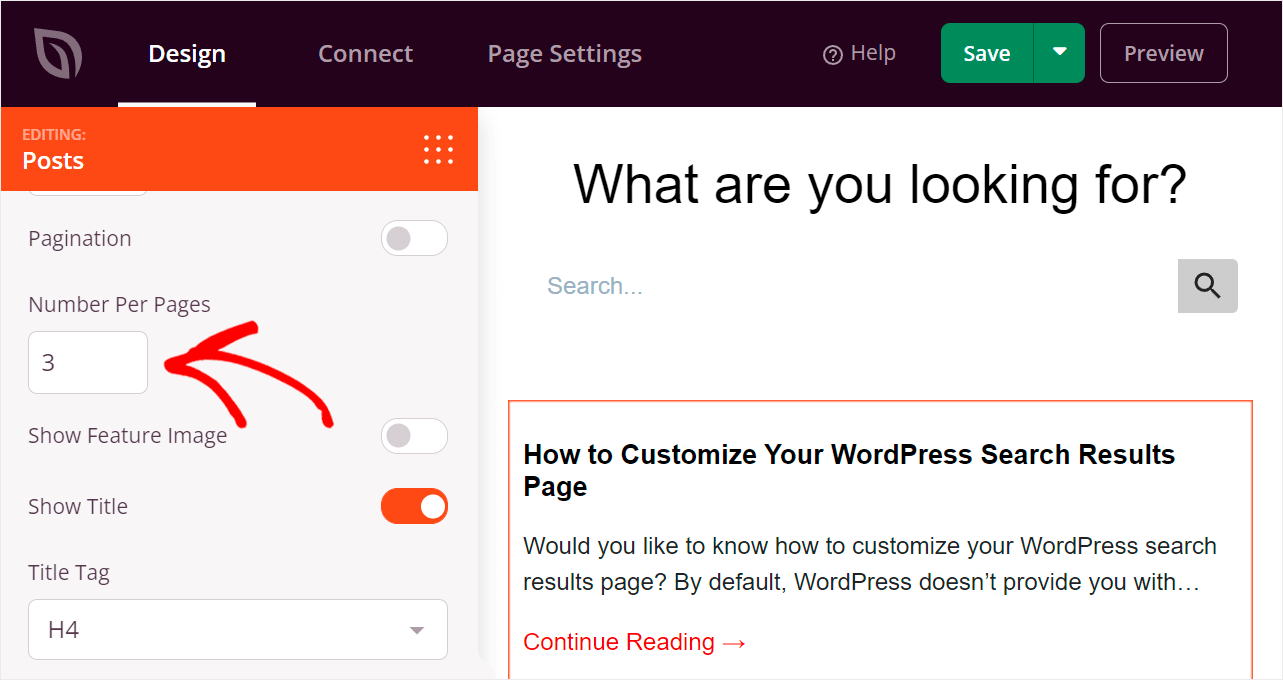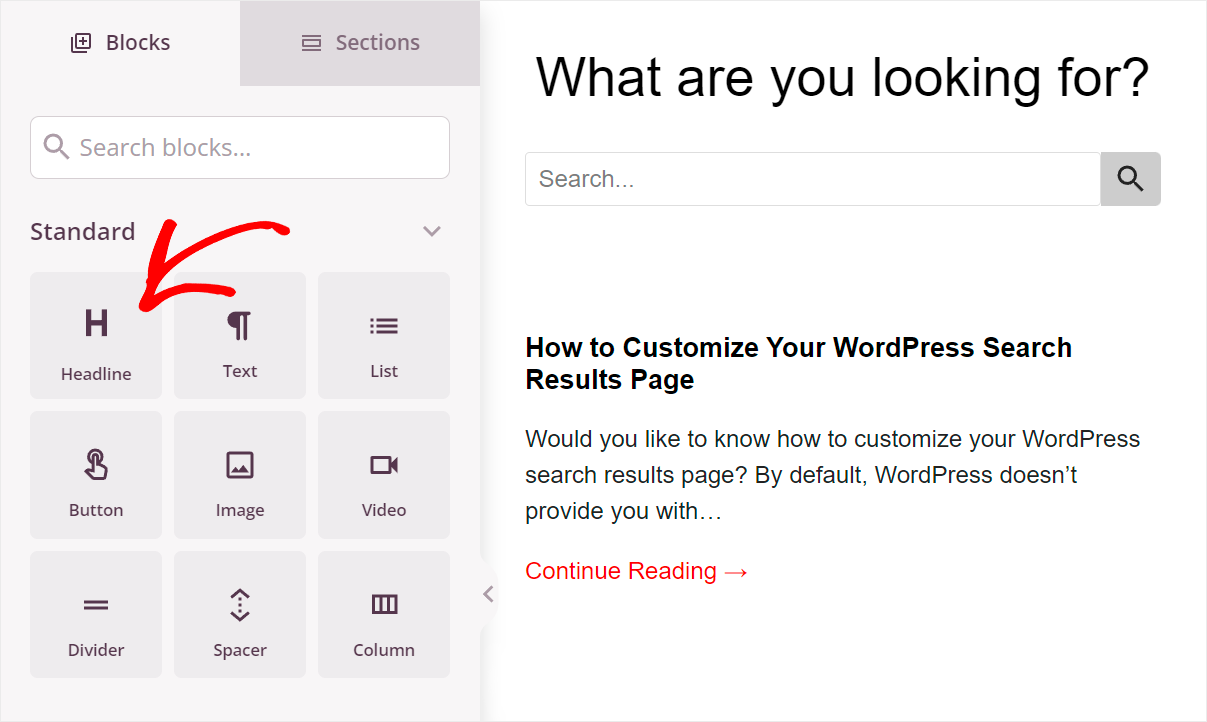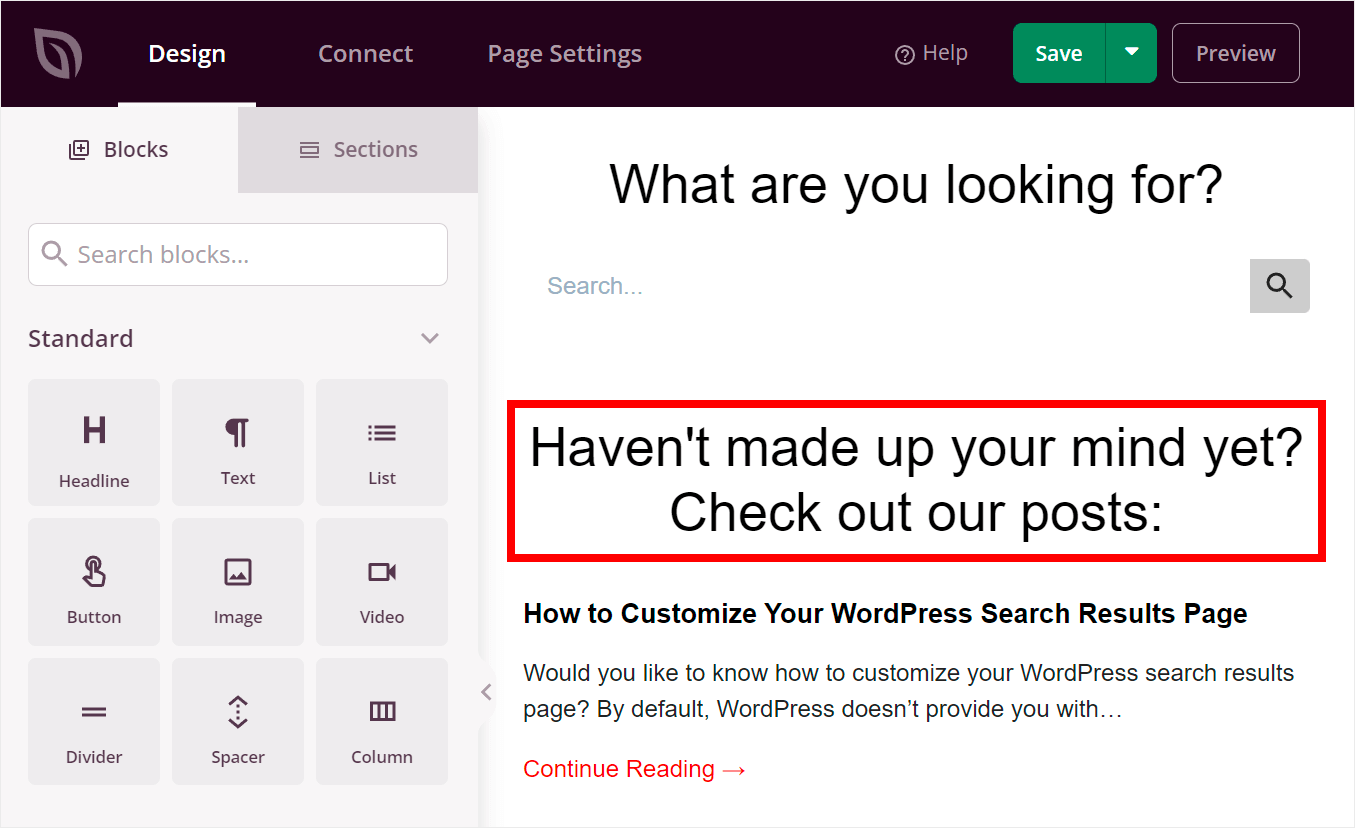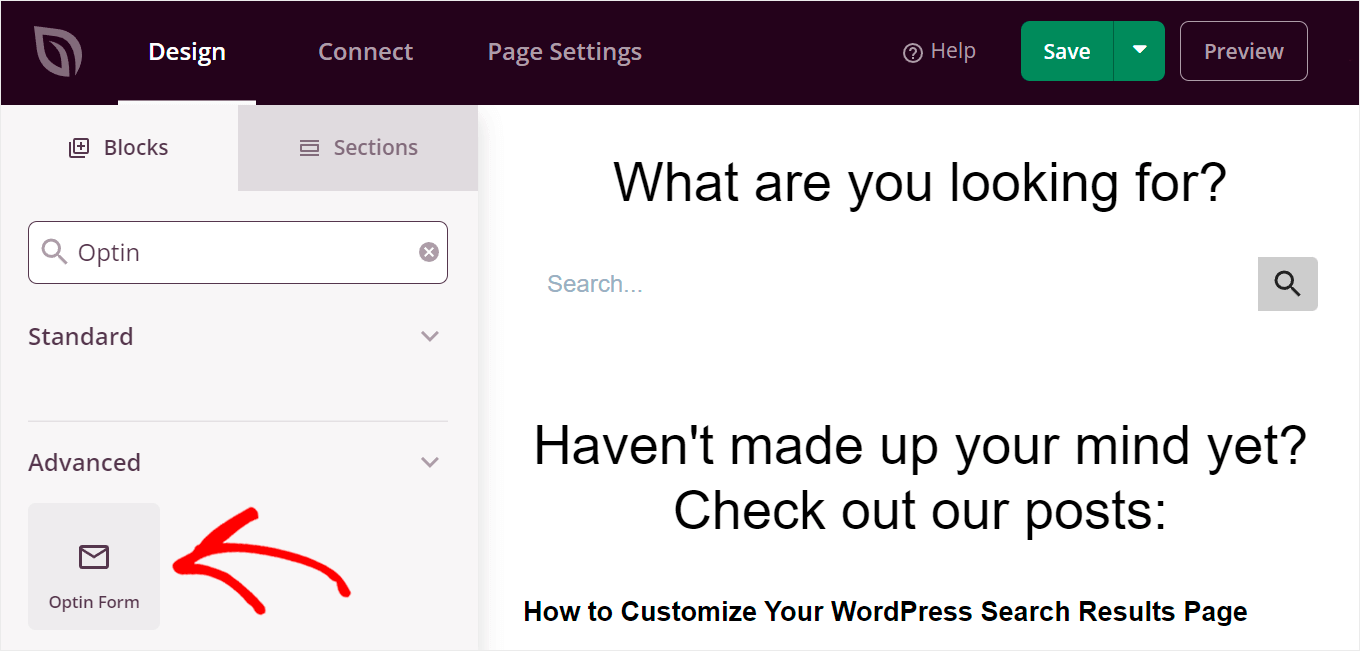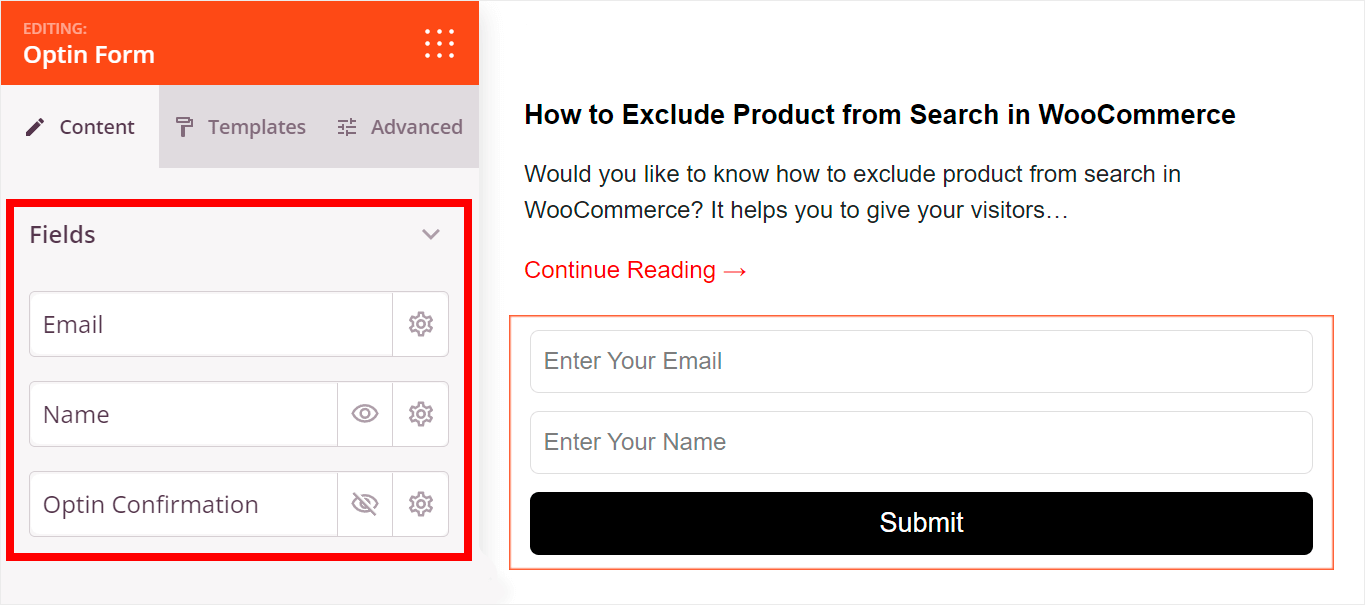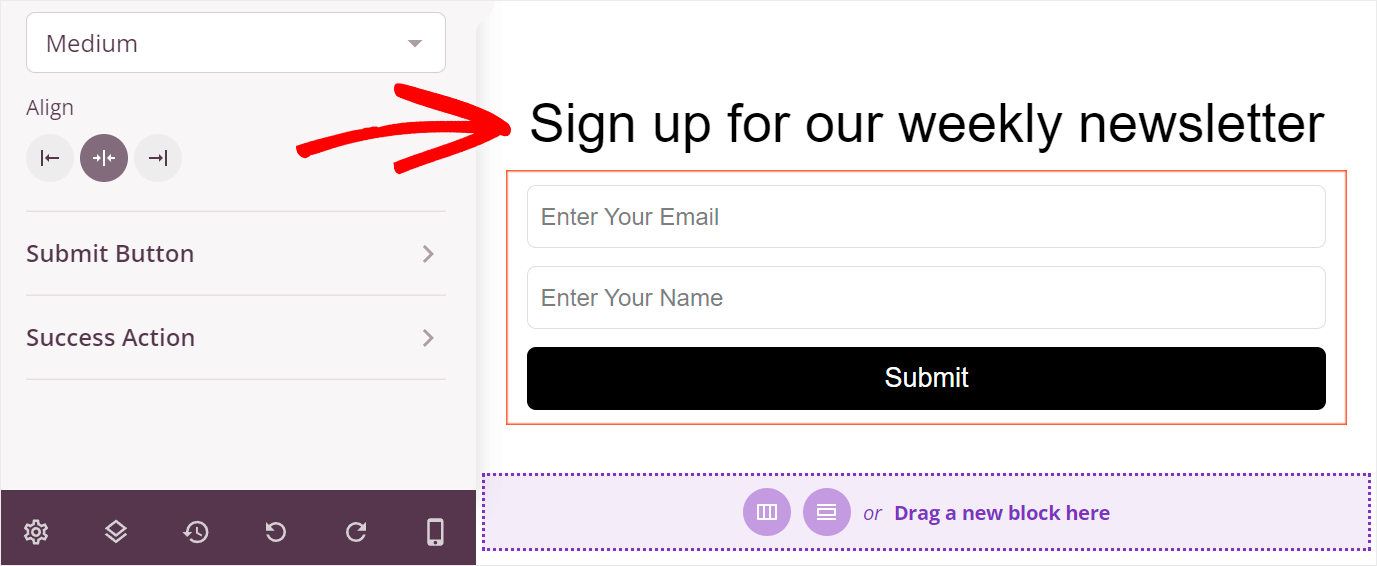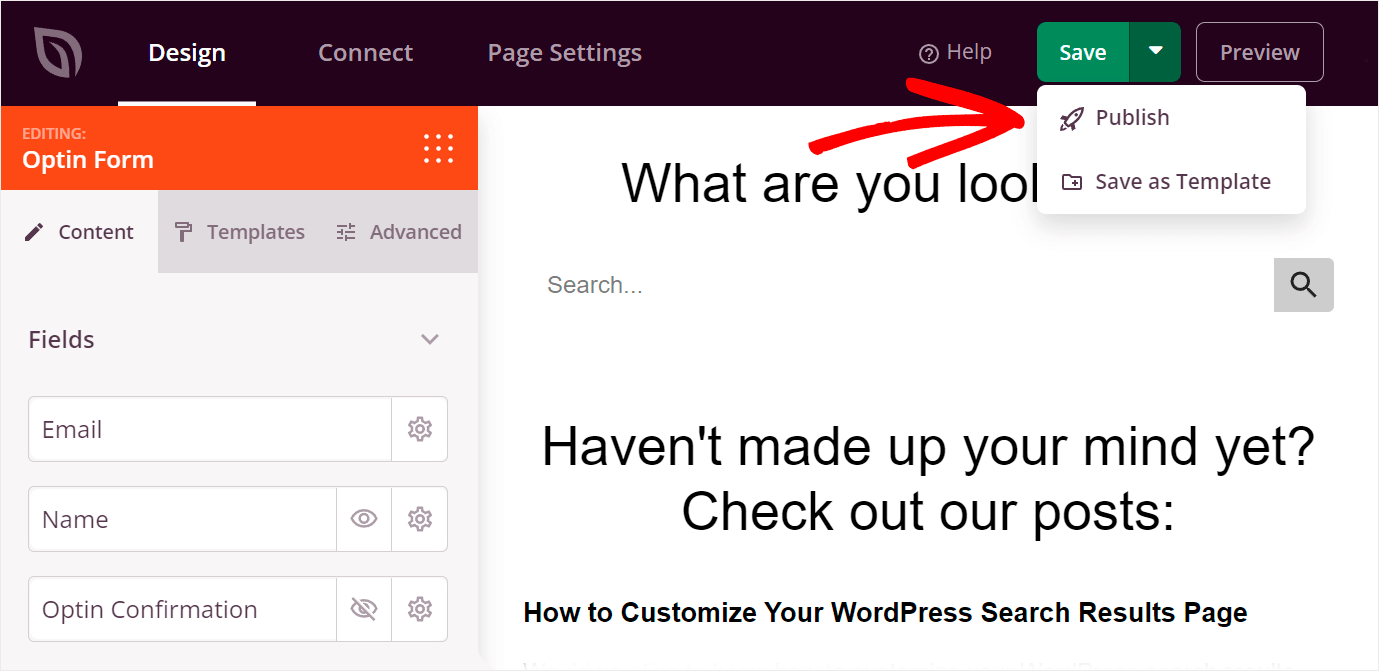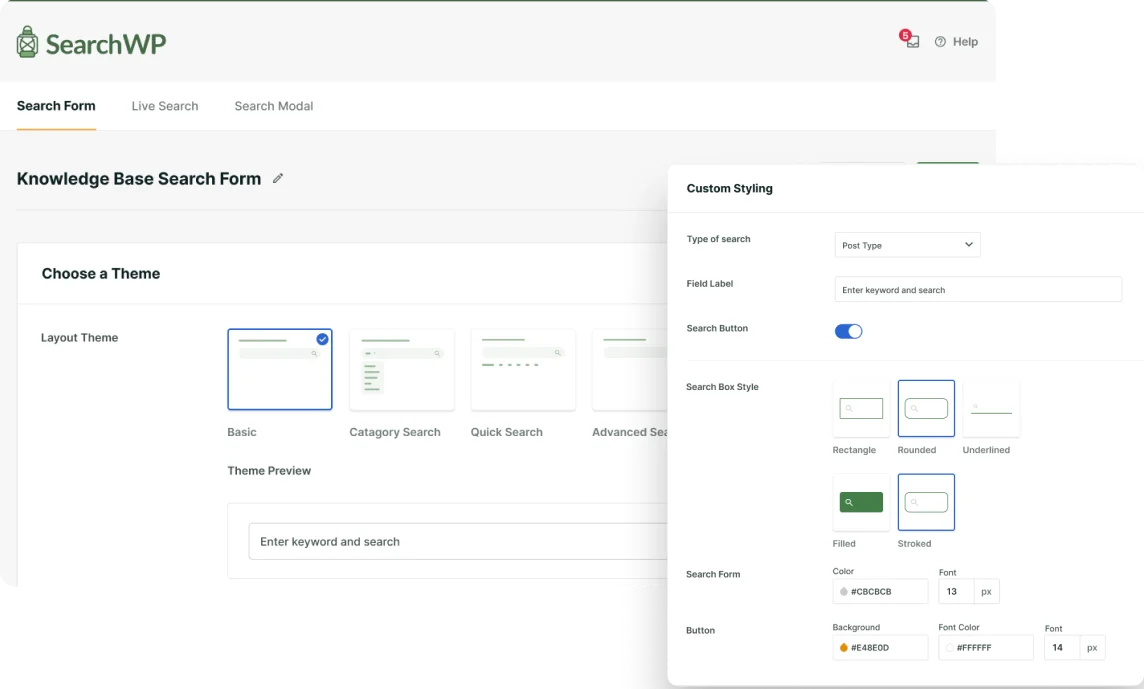
Looking for a way to create a search page in WordPress?
By adding a custom search page to your site, you can help your visitors find what they’re looking for faster.
It’s also a great way to encourage them to use search again in the future and discover more of your content.
In this guide, we’ll show you 2 ways to create a professional-looking search page on your site.
Here is the table of contents to help you navigate through it:
- Why Create a Search Page in WordPress?
- Easiest Way to Create a Smarter Search Page
- Method 1: Create a Search Page With WordPress Page Editor
- Method 2: Create a Search Page With SeedProd
Let’s begin!
Why Create a Search Page in WordPress?
Creating a search page on your WordPress site has many advantages:
- Get more pageviews. You can promote specific posts, pages, or categories on your search page to engage your visitors and get more pageviews.
- Customize your search form. You can add a customized search form to your search page to narrow your search and deliver more relevant results to your visitors.
- Improve the user experience of your visitors. By customizing your search page and search form, you help your visitors find the right content faster, making them happier.
- Make visitors spend more time on your site. Satisfied users who found what they were looking for on your site are more likely to continue exploring your content.
- Improve your site’s ranking in search engines. High average session duration and low bounce rate are strong signals to Google that your site’s pages deserve better positions.
Are you ready to add a search page to your site? Let’s see how you can do that below.
Easiest Way to Create a Smarter Search Page
The best way to create a search page is to use a plugin like SearchWP.
Why? Because this is the most powerful WordPress search plugin trusted by over 30,000 website owners.
Using SearchWP, you can completely customize how search works on your site and create a smart search page – no coding needed.
For example, you can exclude specific pages from search results, make custom fields searchable, and more.
As a result, you can give your visitors more relevant search results and improve their user experience.
And that’s not all. Here’s a quick overview of other SearchWP features:
- Search tracking. Want to know your audience’s interest? SearchWP collects data on what visitors are searching for on your site, allowing you to understand their needs better.
- Live search results. With SearchWP, you can enable displaying real-time search results in a few clicks.
- Control over search results. This plugin lets you manually change the order of search results the way you want.
- Multiple search engines. Want to add custom search forms to your site? SearchWP allows you to create multiple search engines, customize them, and link to any search forms across your site.
Now that you know how SearchWP helps you create a smart search page, let’s look at how to use it.
To get started, go and grab your copy of SearchWP here.
Once done, log into your SearchWP account and go to the Downloads page.
Then, click Download SearchWP and save the plugin’s ZIP file to your computer.
After downloading, copy your SearchWP license key on the same page.
The next step is to install SearchWP on your site. To do that, you’ll need to upload the plugin’s ZIP file to your site.
Need a refresher on how to do that? You can follow this how to install a WordPress plugin step-by-step guide.
After installing SearchWP on your site, you’ll need to activate it with your license key.
To get started, navigate to your WordPress dashboard and point a cursor over the SearchWP button at the top panel.
Then, choose the Activate License item from the drop-down menu.
Once you get to the activation page, paste your license key into the License field and click Activate.
After you install and activate your copy of SearchWP, it automatically integrates into every search form on your site, making it smarter.
The next step is to create a search page and place a smart search field on it.
There are 2 ways to do that. Let’s take a closer look at each of them in order.
Method 1: Create a Search Page With WordPress Page Editor
The first way involves using the default WordPress page editor.
Step 1: Create a Page
To get started, navigate to Pages » Add New in your WordPress dashboard.
Once you get to the page editor, enter the title of your page. For example, we’ll call it Search page.
Step 2: Add the Search Block
Then, click the Plus button to bring up the window where you can choose WordPress blocks.
Search for the Search block and click on it to add it to the page.
Step 3: Add the Text Block
Now let’s add some text before the search form to encourage visitors to use it. To do that, enter whatever you want instead of “search” above your form.
Here is how it looks on our test site:
Step 4: Add Latest Posts
After that, let’s also add recent posts to our page to engage visitors.
To do that, click the Plus button again and choose the Latest Posts block.
You can change the layout of the Latest Posts block by clicking these two buttons.
For example, we’ll change it to the Grid view.
Let’s also add a heading above the latest posts to encourage visitors to look at them.
This is what it looks like on our test site:
Step 5: Publish Your Page
When you’re happy with how your search page looks, you can go ahead and publish it.
To do that, press the Publish button at the top right corner of the page editor.
Step 6: Test Your New Search Page
Now let’s test our new search page, enhanced with SearchWP.
For example, the default WordPress search engine doesn’t consider post tags when performing a search, so your visitors can’t search for posts by tags.
As we customized our search form using SearchWP, we can enable search by tags and help our visitors find the right content faster.
For instance, we have a post on our test site called “7 Best Email Marketing Services for Small Businesses” that has the “eCommerce” tag.
Let’s try to search for it.
As you can see, we successfully found the post only by its tag.
To find out how you can turn on this feature on your site, check out this helpful post on how to search posts by tags in WordPress.
Also, our search page has a relatively simple design because the standard WordPress page builder doesn’t have a lot of features.
If you want to create a fancier search page, you can do the second way below.
Method 2: Create a Search Page With SeedProd
SeedProd is the best WordPress website builder plugin, with over 1,000,000 active installs.
It comes with an easy-to-use and powerful drag-and-drop editor that allows you to build different page types – without writing a single line of code.
SeedProd is fully compatible with most WordPress themes so that you can easily integrate your new pages into your current design.
All pages you create with this plugin are optimized for fast loading, SEO-ready, and fully responsive.
Due to that, you can be sure that your visitors will get the most positive user experience browsing your site.
The best part? SeedProd comes with a lot of ready-made templates so you can start building your page right off the bat and grow your business faster. No need to be an expert designer!
Let’s see how you can use SeedProd to create a beautiful search page that will encourage your visitors to explore more of your content.
Step 1: Install SeedProd on Your Site
To get started, you can go and grab your copy of SeedProd here.
Then, install and activate it the same way as SearchWP.
Step 2: Create a New Page
Once done, navigate to SeedProd » Landing Pages on the left panel of your WordPress dashboard.
Then, press the Add New Landing Page button.
In the next step, you can select one of the ready-made SeedProd page templates.
In this tutorial, we’ll create a search page from scratch.
To get started, point a cursor over the Blank Template and click the checkmark icon.
It’ll bring up a window where you can name your page and set its URL or web address.
Enter the page’s name and URL and click Save and Start Editing the Page.
Step 3: Choose a Layout for Your Search Page
To start creating a new search page, you first need to select its layout.
To do that, just click on the layout that suits you. For example, we’ll choose the first one by simply clicking on it.
Step 4: Add a Heading to Your WordPress Search Page
Now you can start adding blocks to your page. Let’s first add the headline.
To add a new block to the page, drag it from the left panel. You can see how we do that below:
To customize the headline, click it and enter the text you want.
For example, we’ll change it to “What are you looking for?”.
Step 5: Add a Search Form to Your WordPress Search Page
The next step is to add a search form to your search page.
First, search for the Search Form box and drag it to your page under the headline.
As you can see, the default search form has a relatively small width.
To make it wider, click on the search form, and go to the Advanced tab in the left panel.
Here you can adjust the width of your search form by moving the Width slider left or right.
Let’s say we want to make it full page width. To do that, move the Width slider all the way right.
Step 6: Add Recent Posts to Your Search Page
Now let’s also add recent posts to our search page. By doing this, you can promote the posts you’d like and get more traffic to your site.
To get started, search for the Posts block and drag it to the search page.
To customize the Posts block, click on it.
On the left panel, you can specify the categories from which you want to show posts, change the number of posts per page, customize the block title settings, and more.
For example, we will reduce the number of posts on our page to 3, so we don’t distract visitors too much.
When you’re happy with how your Posts block looks, let’s also add a headline above it by dragging it onto the page.
Then you can change the headline text to something that will attract your users. For example, we’ll replace it with “Haven’t made up your mind yet? Check out our posts:”.
Step 7: Add a Subscription Form to Your Search Page
Let’s add a newsletter subscription form to our search page as a finishing touch. With this, you can collect additional email addresses of your visitors so you can grow your email list.
To get started, find the Optin Form block on the left panel and drag it to your page.
If you click on the block, you can customize its fields, style, button text, and many more.
SeedProd has seamless integration with the most popular email marketing services, so you can collect new emails using your favorite one.
The final step is to add a headline above our subscription form. Let’s call it “Sign up for our weekly newsletter”.
Step 8: Publish Your Search Page
When you’re satisfied with how your search page looks, it’s time to publish the page.
To do that, click the down arrow next to the Save button in the upper right corner and select the Publish option.
Then click See Live Page in the pop-up window.
Here’s what our search page created with SeedProd looks like on our test site:
In this article, you learned 2 ways to create a search page in WordPress. It’ll make it easier for your visitors to find the content they’re looking for and allow you to get more pageviews so you can increase your income and grow your business.
If you’re ready to create a smart search page on your site, you can get started with SearchWP here.
Also, if you want to create beautiful and professional-looking pages in minutes, you can grab your copy of SeedProd here.
Looking for a way to customize your search results page? Check out our how to customize your WordPress search results page step-by-step tutorial.
Use the Divi page builder on your site? Then it’ll be useful for you to learn how to create a Divi search results page template in a few simple steps.
